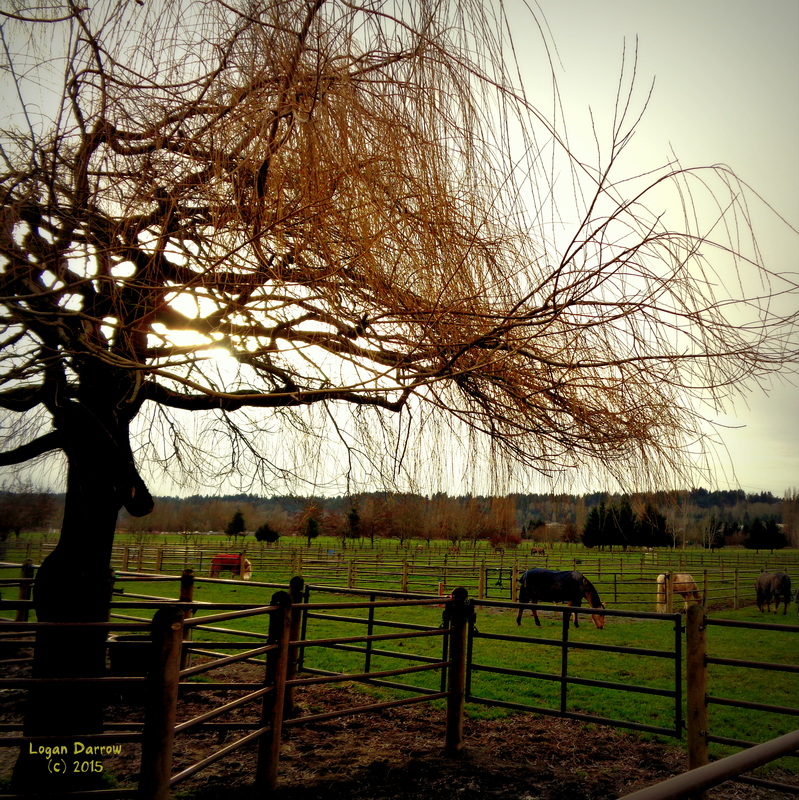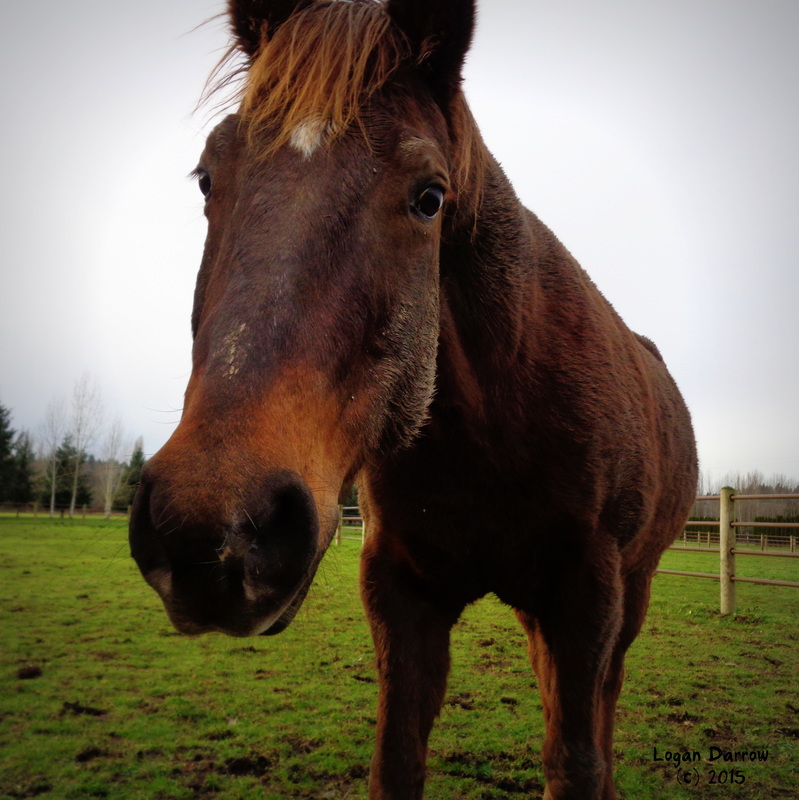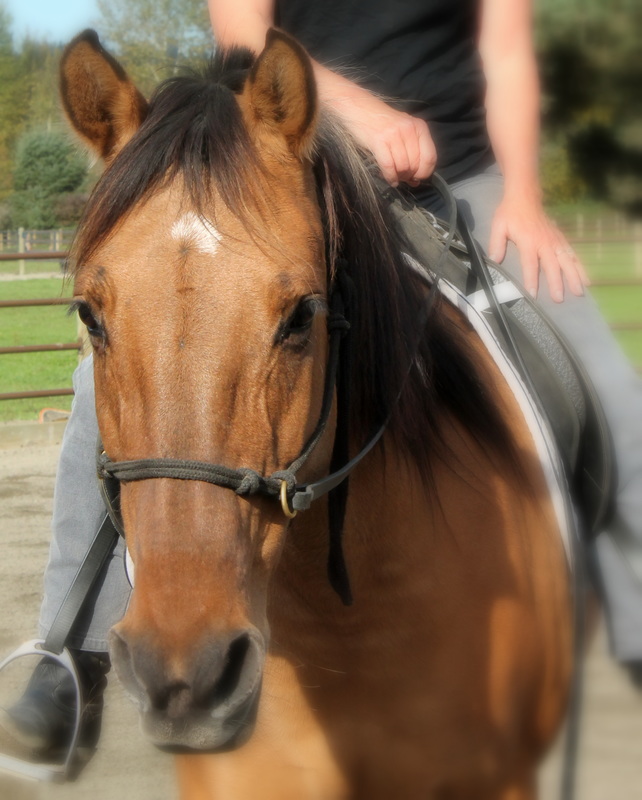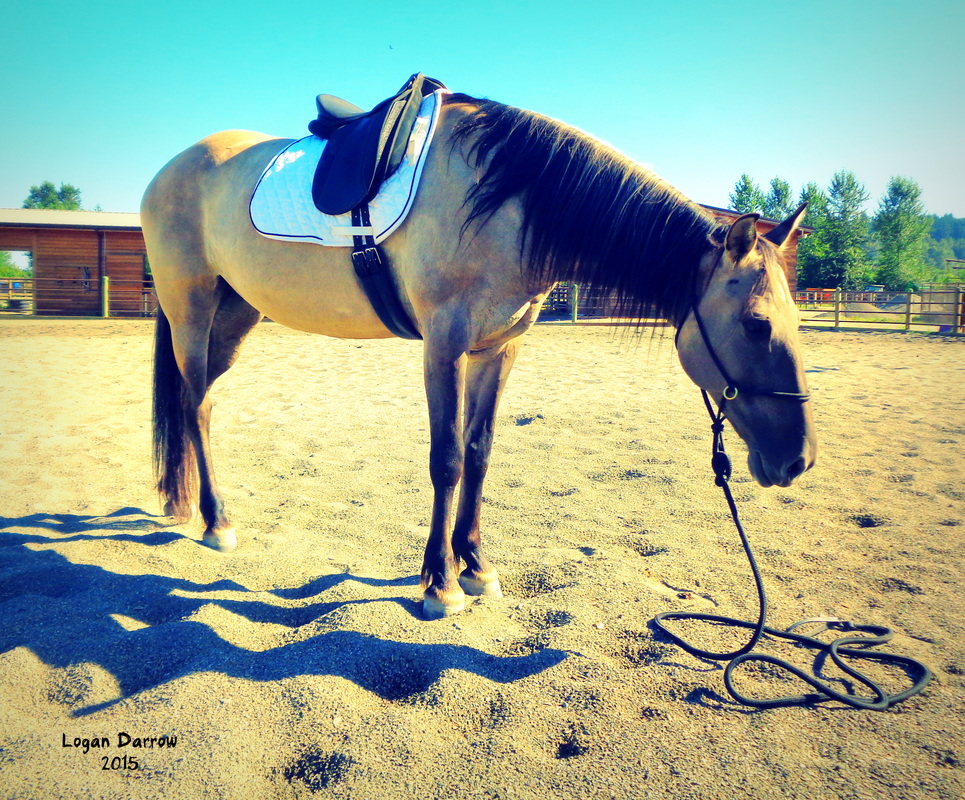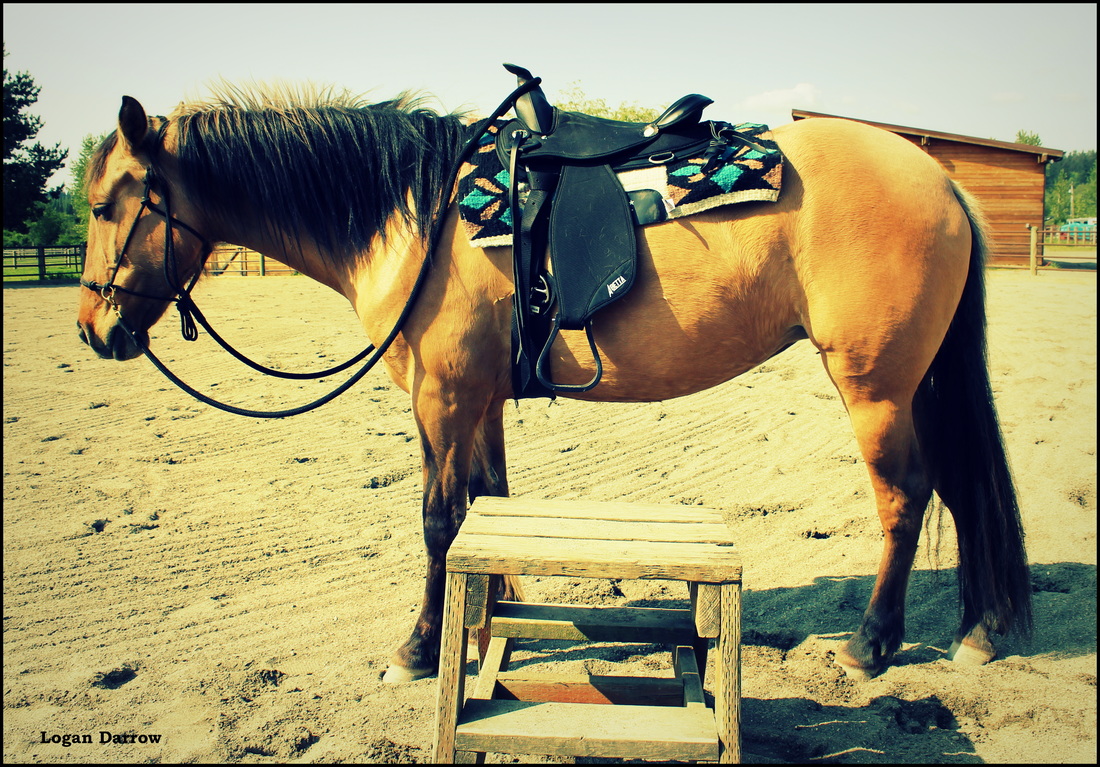General Lee's Favorite War HorseYes there are, or rather were, two “L’s” in Traveller, which was the English spelling back when people were writing about him. And what a memorable horse he was, as there are many anecdotes and descriptions of Confederate General Robert E Lee’s favorite war horse. We know not only what he looked like, but how he behaved and what he meant to the humans who knew him. He was born in Greenbrier County, in what is now West Virginia, and as a colt, he took first prizes at the local fair. He was purchased for $175 (approximately $5,000 today) in 1861 while General Lee was commanding a small force in Western Virginia and at that time was named “Greenbrier.” There are numerous paintings and photographs of Traveller that leave no doubt that he was physically beautiful; a gray American Saddlebred with a dark mane and tail, 16 hands tall. Compactly built, with almost a Spanish horse body shape, not long and lanky. He was an immediate success, as Major Thomas L. Broun recalled: “He was greatly admired in camp for his rapid, springy walk, his high spirit, bold carriage and muscular strength. He needed neither whip nor spur, and walked his five or six miles an hour over the rough mountain roads of West Virginia with his rider sitting firmly in the saddle and holding him in check by a tight rein, such vim and eagerness did he manifest to go right ahead as soon as he was mounted.” Oh – ouch. Ridden in a leverage bit on a tight rein at all times. Makes me wince. But this isn’t an attack on General Lee or horse trainers of that time who did things differently than we do. When Lee was transferred to South Carolina, he bought the horse for himself, renamed him “Traveller” and took him with him. Traveller wasn't the General's only horse, but he was his favorite. In response to a request from Mrs. Lee’s cousin, Markie Williams, who wanted to paint a portrait of Traveller, the General wrote: “If I was an artist like you, I would draw a true picture of Traveller; representing his fine proportions, muscular figure, deep chest, short back, strong haunches, flat legs, small head, broad forehead, delicate ears, quick eye, small feet and black mane and tail. Such a picture would inspire a poet, whose genius could then depict his worth, and describe his endurance of toil, hunger, thirst, heat and cold; and the dangers and suffering through which he has passed. He could dilate upon his sagacity and affection, and his invariable response to every wish of his rider. He might even imagine his thoughts through the long night-marches and days of the battle through which he has passed. But I am no artist Markie, and can therefore only say he is a Confederate GRAY.” - Robert E. Lee, letter to Markie Williams. While Traveller was strong, fast, and brave enough for battle, he wasn’t perfect, and his reputation included faults of spookiness as well as jigging. At the Second Battle of Bull Run, while Lee was dismounted and holding Traveller by the reins, he spooked, pulling the General into a stump and breaking both his hands. Sometimes Traveller was too forward, putting the General in danger, and had to be held back by soldiers on the ground to prevent him from advancing further into battle. He was once ridden on a thirty mile march by Lee’s son Robert Jr., who complained that Traveller jigged and bounced the whole way, leaving Junior more tired than if he had walked the distance. "Willliamsport Crossing" by John Paul Strain Depicting the crossing of the Potomac River by Lee and his army on June 25, 1863 With our modern eye, we see that jigging and spooking are problems that could have been fixed. But this was wartime, and there were many miles to cover. Lee recounts the distances they traveled together, a mindboggling amount of territory: “He has been my patient follower ever since — to Georgia, the Carolinas, and back to Virginia. He carried me through the Seven Days battle around Richmond, the Second Manassas, at Sharpsburg, Fredericksburg, the last day at Chancellorsville, to Pennsylvania, at Gettysburg, and back to the Rappahannock. From the commencement of the campaign in 1864 at Orange, till its close around Petersburg, the saddle was scarcely off his back, as he passed through the fire of the Wilderness, Spotsylvania, Cold Harbor, and across the James River. He was almost in daily requisition in the winter of 1864-65 on the long line of defenses from Chickahominy, north of Richmond, to Hatcher’s Run, south of the Appomattox. In the campaign of 1865, he bore me from Petersburg to the final days at Appomattox Court House. You must know the comfort he is to me in my present retirement…" " . . . to Georgia, the Carolinas, and back to Virginia." After the war, Robert E. Lee was elected President of Washington College in Lexington Virginia, accompanied by Traveller, who was to spend his retirement years with the man he had carried through so much danger, hardship, and heartbreak. He lost many hairs from his tail to admirers (veterans and college students) who wanted a souvenir of the famous horse and his general. Lee wrote to his daughter Mildred that "The boys are plucking out his tail, and he is presenting the appearance of a plucked chicken." When the General died in 1870, Traveller, draped in black crepe, was led behind the caisson bearing the casket. Just a year later, he himself reached the end of his life; having stepped on a nail and getting tetanus, he had to be put down. His remains are now buried near the Lee family crypt on the campus of Washington and Lee University. A reenactment of Lee's surrender at Appomattox, which ended
the American Civil War on April 9, 1865
2 Comments
7/1/2016 10:48:42 am
Would be nice if General Lee was wearing the correct uniform.
Reply
Logan B Darrow
7/4/2016 11:33:10 am
Thank you for adding this information about General Lee.
Reply
Your comment will be posted after it is approved.
Leave a Reply. |
Your email address will be kept private.
Email me directly at
[email protected] 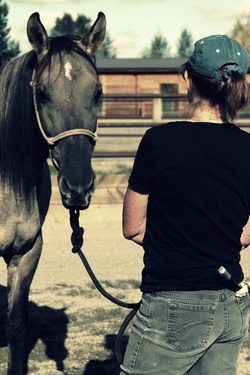
Archives
September 2018
Categories
All
|
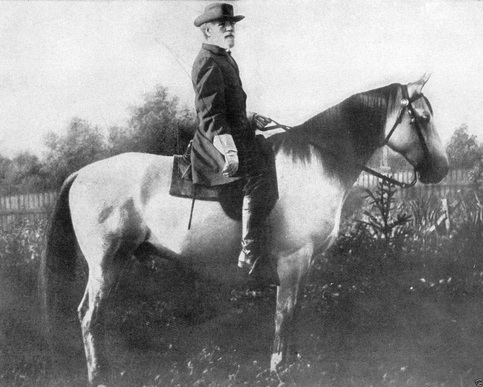
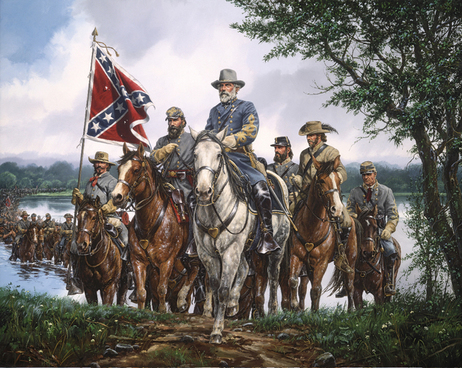
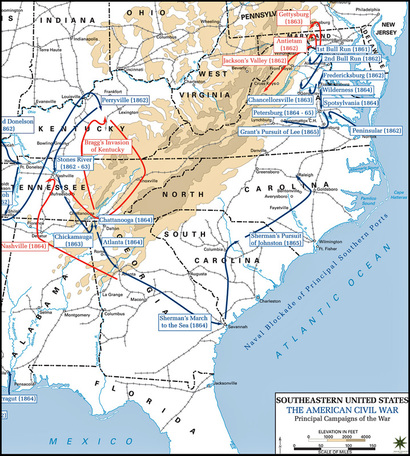
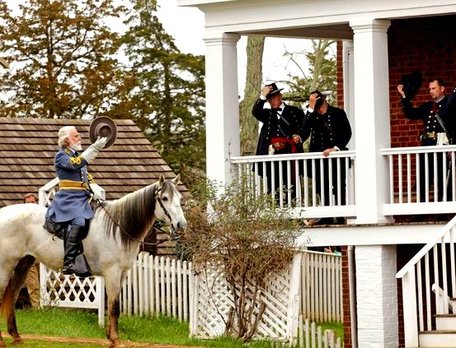
 RSS Feed
RSS Feed
